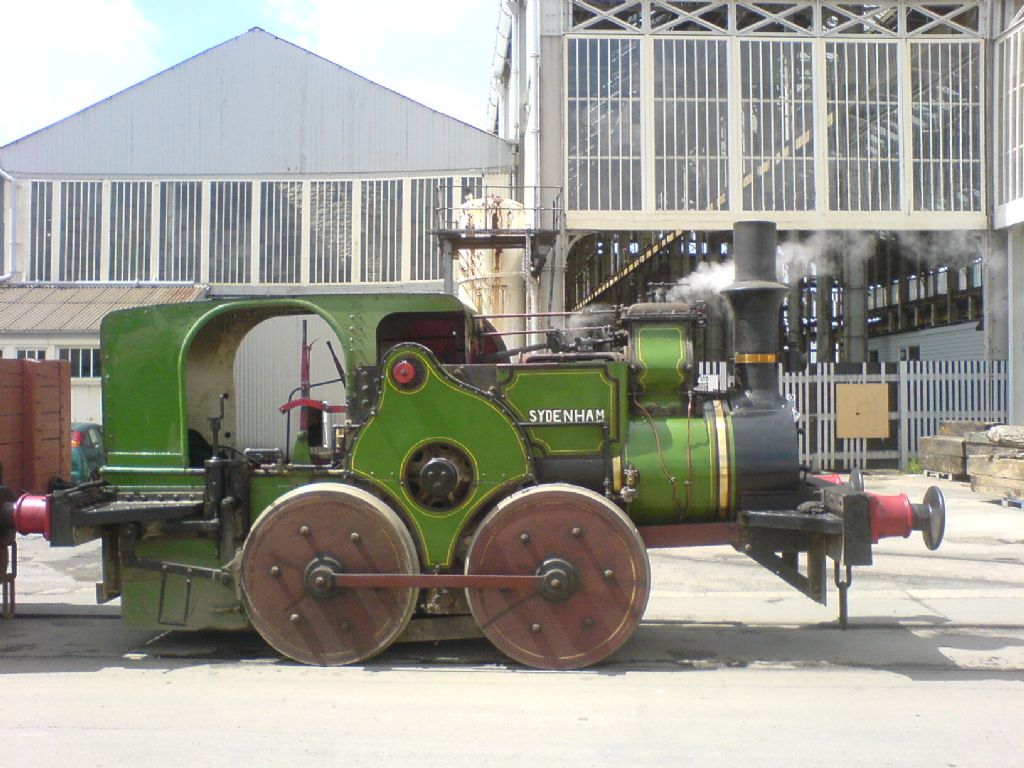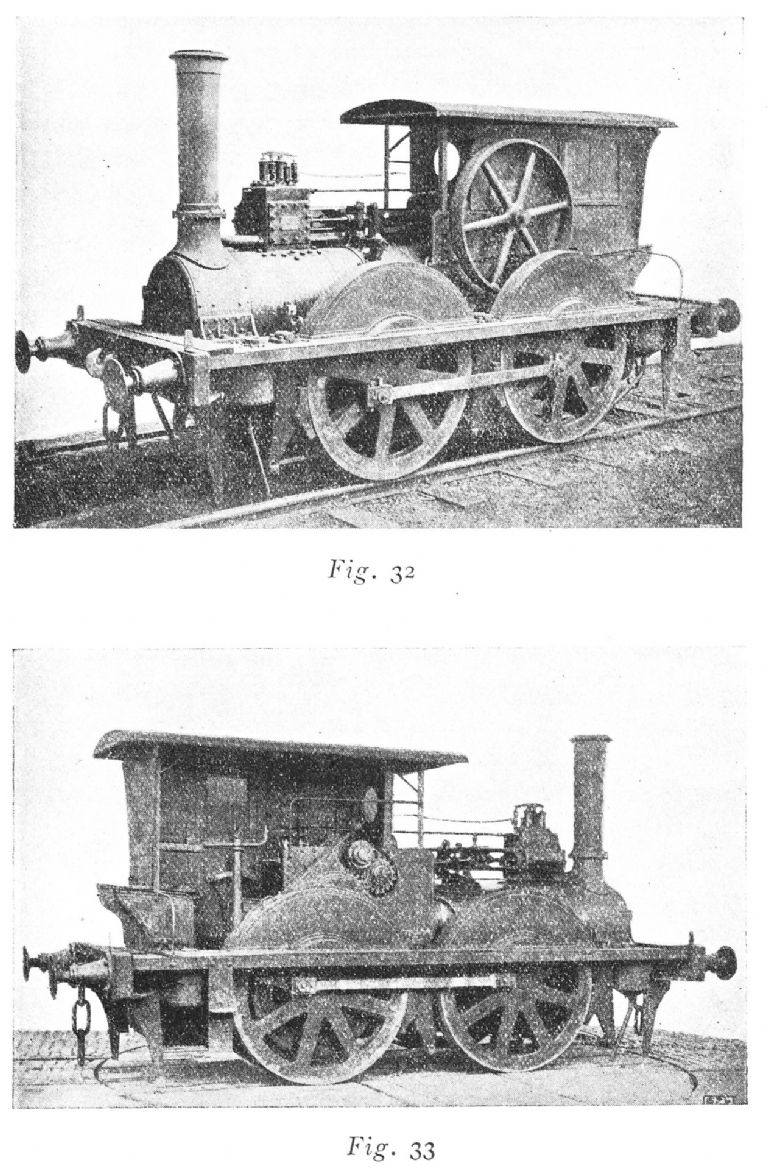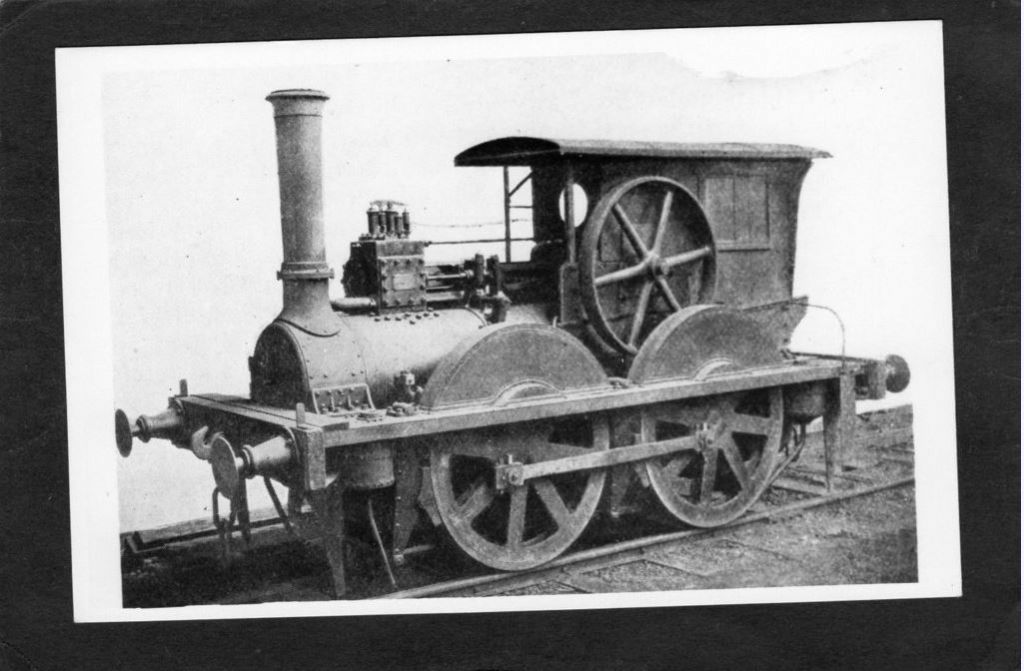Posted by JasonB on 10/09/2019 20:11:24:
…My thinking is that as a front wheel is coupled to a rear wheel then the front will do whatever the rear one does. With both rear wheels being driven I would expect the two front wheels to be driven via the coupling rod each side be they on stub axles or a solid one right across….
Edited By JasonB on 10/09/2019 20:19:49
If you picture the geometry, with only one rod the front and rear wheels could in theory rotate in opposite directions. In practice, what is more likely is that the whole thing would stop at what is effectively top or bottom dead centre (on a coupling rod this would really be front or rear dead centre). The second coupling rod is "quartered" 90 degrees out of phase with the first, which is why railway locomotives are either left or right hand leading.
NSU bike and car engines used a similar system of two rods to drive their camshaft, although there was of course also a gear to halve the speed.
Brian G
Edit: Don't look at the picture of the Aveling loco further up the page, on their 0-4-0 geared locos the side rods are just there to keep the axles pointing the same way, which says more than it should about the lack of rigidity of their design.
Edited By Brian G on 10/09/2019 21:30:07
 JasonB.
JasonB.






